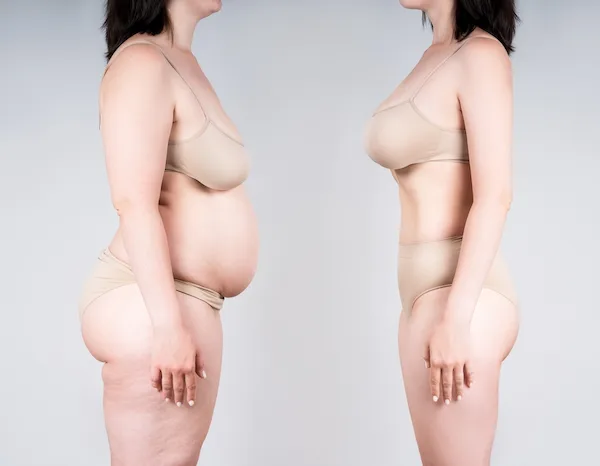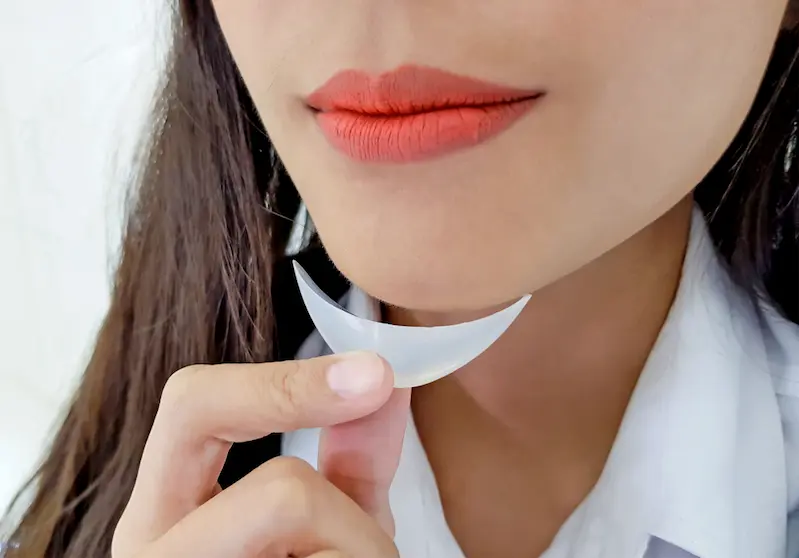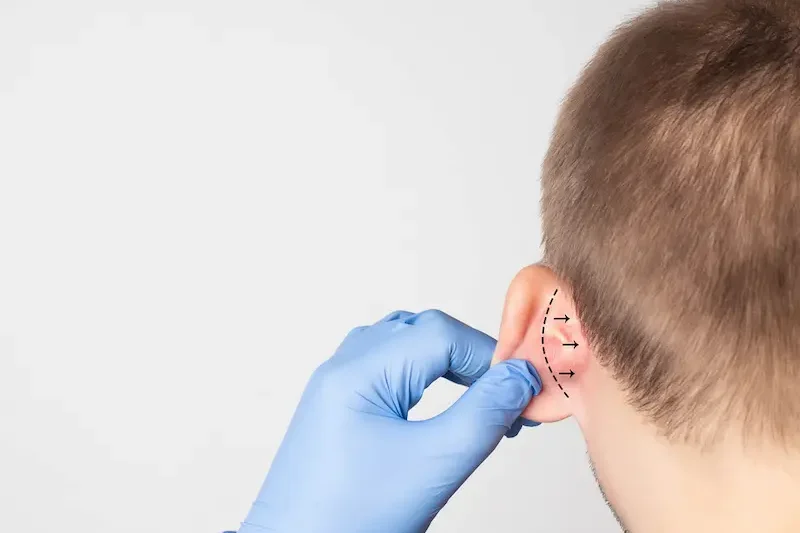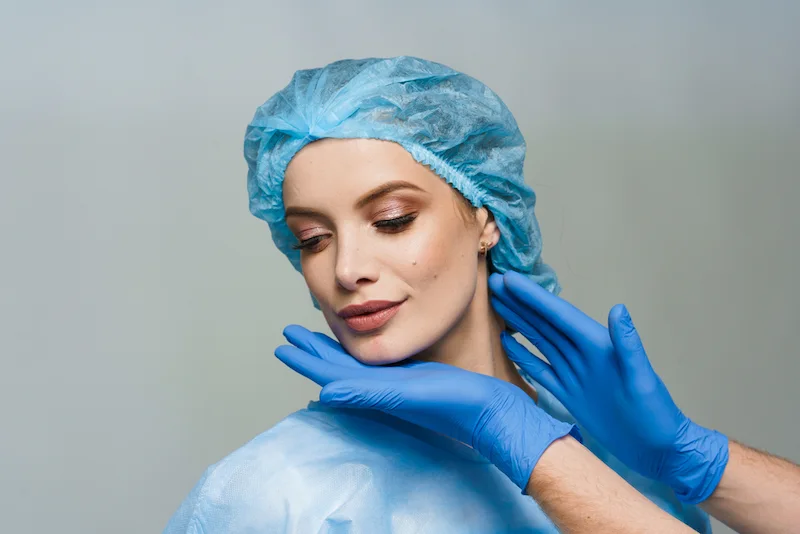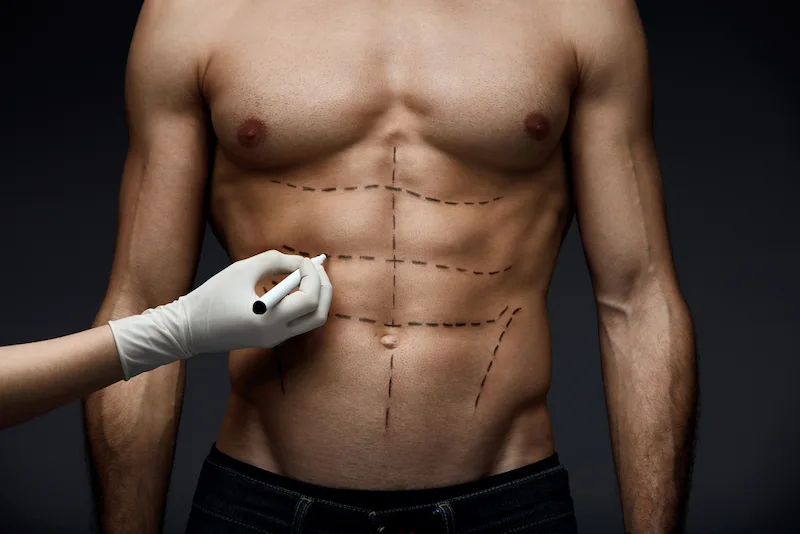Liposuction is a cosmetic procedure that removes fat that people can’t seem to get rid of through diet and exercise.
It’s also called lipoplasty, liposculpture suction, lipectomy, or lipo
A plastic or dermatologic surgeon usually does the procedure on the hips, belly, thighs, buttocks, back, arms, and under the chin or face to improve their shape. But liposuction can also be done with other plastic surgeries, including facelifts, breast reductions, and tummy tucks.
Complete Guide to Liposuction for Women
Female body liposuction has become an eroded method among women in their quest to reshape and make their physiques better. Here is a complete guide to female liposuction:
Candidates: Women suitable for liposuction should weigh around 30% of the ideal body weight and have a good skin elasticity. Those females with resistant fat pockets in specific areas, despite exercise and diet are also favored.
Consultation: There should be consultation with a board certified plastic surgeon to discuss goals, history of medical issues, and expectations before undergoing surgery.
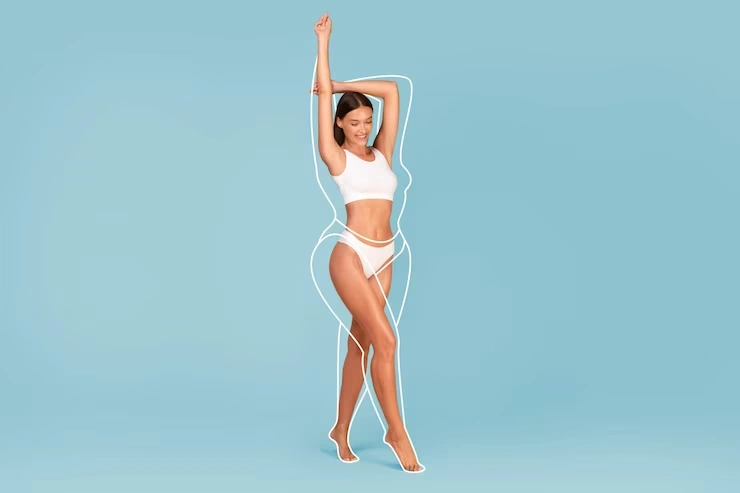

Procedure: Liposuction is typically done under general anesthesia or local anesthesia with sedation. The surgeon cuts small openings into the specified regions then inserts a cannula to extract excess fat.
Recovery: However, it varies from one individual to another but most women can return to work and light activities within a week. Swelling, bruising, and discomfort are common place; hence compression garments and pain medications would suffice.
Results: At the same time as visible results emerge immediately after completion of the operation, it may take several months before final outcomes become evident as edema subsides. In this regards therefore maintaining healthy eating habits as well as regular exercise routines are quite important.
Risks: Just like in any other surgery, liposuction has some risks which include infection, bleeding and skin irregularities. To reduce these risks, always follow your surgeon’s instructions.
Aftercare: Proper after care is vital for a smooth recovery and the best results possible. This involves putting on compression garments, avoiding strenuous activities and attending post-operative appointments.
Types of Liposuction Surgery
Liposuction surgery has evolved over the years and now there are several techniques available to address specific areas of the body and individual needs. These are some of the most common types of liposuction surgery:
Tumescent Liposuction: This is the commonest technique where a solution containing saline (saltwater), lidocaine (a local anesthetic) and epinephrine (a blood vessel constrictor) is injected into the treatment area. The solution helps in fat removal, minimizes blood loss and provides anesthesia.
Ultrasound-Assisted Liposuction (UAL): In this technique ultrasonic energy is used to break up fat before it is removed using suction. UAL is often used in fibrous regions such as back or male chest.
Power-Assisted Liposuction (PAL): PAL uses a cannula which moves quickly back and forth allowing for easier fat disintegration and removal. This method is typically employed if large volumes of fat need to be removed.
Laser Liposuction: This method is prior to suction, fat liquefaction through low-energy laser waves and can also tighten the skin; It is commonly used on smaller areas such as the face or neck.
Water Jet Assisted Liposuction (WAL): Also called body-jet liposuction, water jet assisted liposuction involves using a stream of water with a fan shape pattern to break down fat before it is vacuumed out. The procedure is commonly done on more dense areas like the back and male chest.
Radio Frequency Assisted Lipolysis (RFAL): This system employs radiofrequency power which heats up fat and then vacuums it off in liquid form; in addition, some degrees of skin tightening are realized.
The choice of technique for liposuction depends on several factors such as size of treatment area, amount of fat being removed and personal experience by surgeons or preferences.
Get a Free Medical Consultation
Consultants Are Waiting For You!
Potential Risks of Liposuction for Women
The process of liposuction is usually safe and provides an adequate solution for cosmetic issues, but there is a possibility of side effects that women must know before undergoing the operation. Here are some of the potential risks associated with liposuction for women:
- Infection: Similar to any other surgical process, there are chances of infection at the incision sites or in the treated areas. The risk can be reduced by proper wound care and following post-operative instructions.
- Bleeding: This occurs during or after liposuction procedure and may result in hematomas (blood clots) or necessitate transfusion in severe cases.


- Numbness or Nerve Damage: This happens when nerves come into contact with cannula during surgery thus causing temporary or permanent numbness in the affected area.
- Skin Irregularities: Areas where skin elasticity is poor among others may result into uneven skin contours, dimpling or waviness on certain parts as a consequence of excessive fat extraction by means of liposuction.
- Seroma Formation: After liposuction procedure, seroma may form under the skin which could cause inflammation and discomforts.
- Anesthesia Risks: Just like any other surgery using anesthesia, anesthesia itself comes with risks such as adverse reactions or complications.
- Although liposuctions require minimal incisions, they can lead to noticeable scars especially among individuals who have a tendency for hypertrophic or keloidal scars.
- Damage to Internal Organs: Sometimes, the cannula used in liposuction may accidentally penetrate any neighboring organs like intestines or other structures within the abdomen thereby causing injury.
- Deep Vein Thrombosis (DVT): Liposuction carries the risk of development of blood clots in legs known as deep vein thrombosis (DVT) which could be fatal if left untreated.
- Unsatisfactory Results: Despite best efforts by surgeons, some women might feel dissatisfied with outcomes of liposuctions either due to misconceptions or unexpected developments;
It is important for women who are considering undergoing liposuction treatment procedure to consult fully with a board certified plastic surgeon. This will enable them discuss risks and help them understand how to prevent complications.
Fast facts on liposuction
- The procedure is typically done under anesthesia.
- It’s important to note that liposuction is not meant for weight loss; rather it’s a treatment that offers enhancements.
- Potential risks involve infections and scarring.
- Additionally liposuction can be utilized to address issues.
Get a Free Medical Consultation
Consultants Are Waiting For You!
Right Candidate for Liposuction Surgery
Liposuction is a cosmetic surgery process that eliminates areas of unwanted fat that cannot be effectively removed by diet or exercise. However, it’s not a means of losing weight. This is who is suitable for liposuction:
- Weight Close to Ideal: You should be within 30% of your ideal body weight. Liposuction sculpts rather than reduces; thus, maintaining stable weight with adequate muscle tone is critical for obtaining and retaining the desired results.
- Supple Skin: Elasticity in skin enhances the success chances of liposuction. This enables your skin adapt to your new appearance and shape after fat removal.


- Reasonable Goals: Liposuction isn’t a quick fix solution. It can contour your body but will not eliminate cellulite nor drastically change your body shape as you might think. Knowing what lipectomy will do and what it won’t do greatly helps in adjusting one’s expectations accordingly.
- Good General Health: You should have no medical problems that can increase surgical risks.
- Non-Smoker: Smoking impairs healing and increases complications risks.
- Ready to Change Your Lifestyle: A healthy eating plan and physical fitness regime are necessary to maintain liposuction outcomes throughout life.
For those considering liposuctions, talk to a plastic surgeon certified by American Board of Plastic Surgery (ABPS) about what you would like to achieve from these cosmetic procedures in order for them decide whether you are fit for one or not.
What should you do if you want to have liposuction?
This procedure is, about aesthetics. Plastic and aesthetic surgeons find it necessary to be involved in this practice. Many surgeons assert that they are also involved in this domain because there is such a strong demand for it. Patients would benefit from researching the surgeons specialization before undergoing surgery


Liposuction Surgery Cost for Women
Cost of liposuction for women is not constant as it depends on various factors such as:
The cost of liposuction surgery may differ due to factors such as:
- Experience and qualifications of surgeon: Board-certified plastic surgeons usually charge more than others who have less expertise.
- Location: It’s higher in areas with high living costs, thus again affecting the overall price.
- Extent of the procedure: Interestingly, the cost is largely affected by how much fat has been suctioned off and also the number of body parts treated.
- Anesthesia Fees; This final consideration is instrumental in determining whether one will go under local or general anesthesia, which considerably contribute to the final budget.
- Facility fees (hospital or surgical center): Basically, there are attached charges required when a patient opts for treatment in any hospital or surgical institution.
Typically, liposuction procedures range from three thousand dollars at least all the way up to fifteen thousand or even more depending on different patients. You can get an individualized estimate after consulting a cosmetic surgeon based on your unique requirements.
But since liposuction is typically considered cosmetic, insurance usually won’t cover it. If it’s needed for medical reasons, such as to reduce pain and swelling associated with lymphedema, it may be covered.
Conclusion
Liposuction is an option, for women aiming to enhance their body shape and meet their desires. It’s important to have expectations and commit to a lifestyle when considering this procedure. Understanding the eligibility criteria the process itself recovery period, potential risks and associated costs will help you make a decision. Remember, the initial step towards realizing your liposuction goals is consulting with a plastic surgeon certified by the board.
Feeling prepared to move ? Arrange a meeting with a board certified plastic surgeon in your vicinity. They can talk about your objectives evaluate your suitability for the procedure and address any queries you might have. With their guidance you can determine if liposuction aligns, with your needs and devise a tailored strategy to reach your desired outcomes.
Get a Free Medical Consultation
Consultants Are Waiting For You!
FAQs
Liposuction involves creating cuts, in areas and using a thin tube called a cannula to remove excess fat with the help of a suction device. The surgeon carefully moves the cannula to extract deposits effectively.
Common areas for liposuction include the stomach, thighs, buttocks, arms, back chin and neck. It is suitable for targeting localized fat that persists despite diet andexercise efforts.
Usually liposuction is done under anesthesia or intravenous sedation combined with anesthesia. General anesthesia induces a sleep state in the patient while local anesthesia with sedation numbs the treatment area, for comfort and relaxation.
Before getting Liposuction you'll talk to the doctor about what you want, your health, and what you hope to achieve. The doctor will decide if you're good for this and explain how it works. They'll also give you things to do before.
Liposuction results can be long-lasting if you maintain a stable weight and healthy lifestyle after the procedure. However, significant weight fluctuations or pregnancy can affect the results, as the remaining fat cells can grow larger or smaller.
It helps best with spots that have fat that won't go away with diet and exercise, like handles, bags on the sides, or a double chin. It's for shaping, not losing lots of weight.
It's not for weight loss, but for shaping your body. You might lose some, but it's not the same for everyone. Usually, it's just a few pounds at most.
This needs some small cuts, usually less than half an inch. So, you might have some small marks, but they fade and aren't big.
You might see some, but it can take a few months for the full changes to show. Swelling and bruises can hide the new shape at first, but they get better with time.
It's not safe to do this if you're having a baby. The risks from the drugs and the surgery are not good for you or the baby. It's best to wait till after having a baby and feeding them before you think about this.


Get a Free Medical Consultation
Consultants Are Waiting For You!

